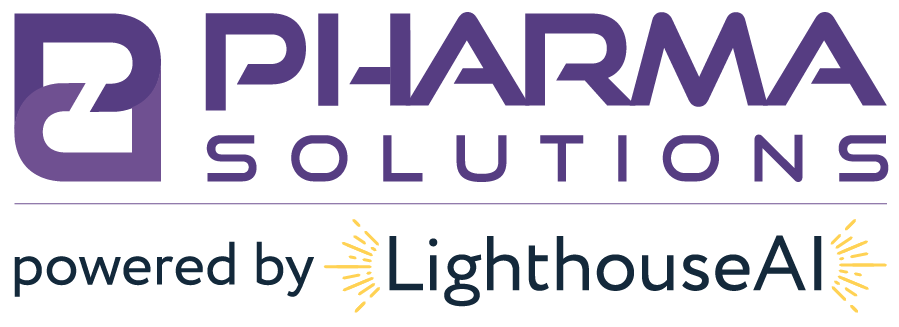
Review of FDA July 2022 DSCSA Draft Guidance on Identifying Trading Partners
Written-by: Sumeet Singh, CEO
As we rocket towards the Event Horizon of the November 2023 DSCSA implementation deadline, industry and FDA are each figuring out how exactly the law will be implemented and complied with. Fortunately, the FDA has answered the industry’s clarion call and recently released Draft Guidance that provides confirmation of many assumptions, and restates various aspects of the state of regulation:
-
- How the DSCSA identifies and defines 5 basic business models – manufacturer, repackager, wholesale distributor, 3PL, and dispenser – in the prescription drug supply chain
- Definition of authorized trading partners
- Effect FDA proposed regulation
Insight on Regulation of Specific Business Models
The guidance additionally seeks to clarify how industry should identify trading partners and the regulation of more nuanced business models and product portfolios.
Manufacturer Establishments, Application Holder/Co-Licensed Partners and Affiliates
Although physical drug manufacturing sites are what individuals outside the industry would classify as “manufacturers,” those in industry are aware of the proliferation of the “virtual manufacturer” business model in recent decades. The guidance on Manufacturing Establishments squarely addresses the confusion by clarifying that Manufacturing Establishments are “authorized” if they have an FDA Establishment Registration, and that Application Holders/Co-Licensed Partners and Affiliates are each “authorized” even if they don’t have an FDA Establishment Registration as long as they are compliant with Section 510 and 582(b) of the FD&C Act.
Private Label Distributors (PLD)
A PLD seemingly straddles the line between a manufacturer and distributor as they both take ownership/direct the sale and physically receive/store/ship product under their own label, but don’t actually manufacture the product, nor hold the application approval for the product. The guidance clarifies that a PLD shall be regulated as a Manufacturer for DSCSA purposes.
Salvagers
The Salvager business model is one that not many are familiar with, even in industry. Salvagers are typically responsible for examining products that may have been subjected to improper storage conditions (e.g. smoke, fumes, temperature excursions, etc.), and identifying product suitable for returning to the supply chain. In the guidance, the FDA specifically exempts Salvagers from being defined as a manufacturer, but leaves the door open for qualification of other business models based on the potential additional activities of a Salvager (e.g. repackaging, wholesale, 3PL, etc.).
Third-Party Logistic Providers
Due to the intense focus 3PLs have begun to receive courtesy of the DSCSA, the FDA provides significant guidance on what activities do, and do not qualify as 3PL activities. In general, 3PLs are defined as entities that operate facilities that take possession of product on behalf of a trading partner at a consistent location, but do not take ownership of said product. FDA expressly excludes the following business activities from the definition of 3PL: Brokers, Solution Providers, Common Carriers, and Logistic or Administrative Services Contractors.
The most significant part of the Guidance is targeted at Returns Processors and Reverse Logistic Providers as the FDA excludes them from being regulated as 3PLs and WDDs so long as the product they handle does not make it back into the supply chain.
Dispensers
The FDA mostly reiterates what we consider to be common knowledge of regulation as dispensers (i.e. product transferred specifically for patient need is not wholesale distribution). However, the Guidance does expressly exclude dispenser-affiliated warehouses and distribution centers from being regulated as 3PLs and WDDs so long as the product they handle is not sold to another entity.
Disclaimer: Pharma Solutions makes every effort to provide accurate information in the content it offers. However, the information provided is “as is” and Pharma Solutions makes no warranties, express or implied, as to the content provided. Pharma Solutions assumes no liability or responsibility for any errors or omissions in the content provided. Laws and regulations that are referenced herein may change over time and as such the content offered is not to be interpreted as advice. Pharma Solutions shall not be liable for any damages whatsoever incurred in connection with the use or performance of this information.




0 Comments